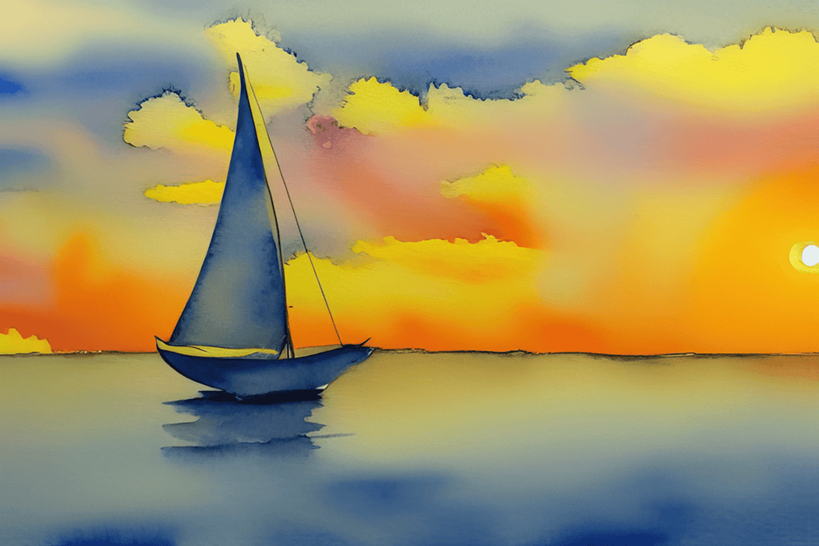Painting is one of the oldest and most universal forms of artistic expression. From the earliest cave paintings to contemporary masterpieces, it has served as a powerful medium for storytelling, self-expression, and cultural preservation. Whether you’re an aspiring artist or an art enthusiast, there’s something magical about the way a blank canvas can transform into a vivid world of color, texture, and emotion. In this blog post, we’ll explore the history, significance, and enduring appeal of painting.
A Brief History of Painting
Painting has been a part of human culture for thousands of years. Some of the earliest known paintings date back to prehistoric times, with cave paintings in places like Lascaux, France, and Altamira, Spain. These ancient artworks, often depicting animals and hunting scenes, were created using natural pigments and offer a glimpse into the lives of our ancestors.
As civilizations developed, so did painting techniques and styles. Ancient Egyptians used paintings to decorate tombs and temples, while classical Greek and Roman artists created frescoes and mosaics. During the Middle Ages, religious themes dominated European art, with illuminated manuscripts and altarpieces serving as primary forms of expression.
The Renaissance marked a turning point in the history of painting. Artists like Leonardo da Vinci, Michelangelo, and Raphael revolutionized the field with their mastery of perspective, anatomy, and light. This period also saw the rise of oil painting, which became the dominant medium for centuries to come.
In the modern era, painting has continued to evolve, with movements like Impressionism, Cubism, Abstract Expressionism, and Pop Art pushing the boundaries of what art can be. Today, painting remains a vibrant and diverse art form, embracing both traditional and innovative techniques.
Why Painting Matters
Painting is more than just a visual art form—it’s a way to communicate ideas, emotions, and experiences. Here are a few reasons why painting holds such a special place in our lives:
- Self-Expression: Painting allows artists to convey their thoughts, feelings, and perspectives in a way that words often cannot. It’s a deeply personal and cathartic process.
- Cultural Preservation: Throughout history, paintings have documented important events, traditions, and societal changes. They serve as a visual record of our shared human experience.
- Beauty and Aesthetics: A well-executed painting can evoke a sense of wonder and appreciation for the world around us. It has the power to uplift, inspire, and provoke thought.
- Therapeutic Benefits: Painting is often used as a form of therapy, helping individuals reduce stress, process emotions, and improve mental well-being.
- Universal Language: Art transcends language barriers. A painting can be understood and appreciated by people from different cultures and backgrounds.
Exploring Different Painting Styles and Techniques
One of the most exciting aspects of painting is its diversity. There are countless styles, techniques, and mediums to explore, each offering unique possibilities for creativity. Here are a few popular ones:
- Realism: Focuses on depicting subjects as they appear in real life, with meticulous attention to detail.
- Impressionism: Emphasizes light, color, and movement, often using loose brushstrokes to capture the essence of a scene.
- Abstract: Breaks away from realistic representation, using shapes, colors, and forms to convey emotions or ideas.
- Surrealism: Combines dreamlike imagery and unexpected elements to create fantastical, thought-provoking works.
- Minimalism: Uses simple forms and limited colors to create clean, impactful compositions.
When it comes to mediums, artists have a wide range of options, including oil, acrylic, watercolor, gouache, and pastels. Each medium has its own characteristics and challenges, making the process of painting endlessly fascinating.
Tips for Aspiring Painters
If you’re new to painting or looking to improve your skills, here are some tips to help you get started:
- Start Small: Begin with simple projects to build your confidence and understanding of the medium.
- Experiment: Don’t be afraid to try different styles, techniques, and materials. Painting is all about exploration.
- Learn from Others: Study the works of great painters and take inspiration from their techniques and approaches.
- Practice Regularly: Like any skill, painting improves with practice. Set aside time to paint regularly, even if it’s just for a few minutes a day.
- Embrace Mistakes: Not every painting will be a masterpiece, and that’s okay. Mistakes are an essential part of the learning process.
The Future of Painting
In today’s digital age, painting continues to thrive alongside new forms of art. Digital painting, for example, has opened up exciting possibilities for artists, allowing them to create stunning works using technology. However, traditional painting remains as relevant as ever, with many artists blending old and new techniques to push the boundaries of creativity.
As long as there are stories to tell, emotions to express, and beauty to capture, painting will remain a vital and cherished art form. It’s a testament to the enduring power of human imagination and the desire to create something meaningful.
Conclusion
Painting is more than just an art form—it’s a window into the soul, a reflection of the world, and a celebration of creativity. Whether you’re an artist or an admirer, there’s no denying the profound impact that painting has on our lives. So, why not pick up a brush, dip it into some paint, and see where your creativity takes you? The canvas is waiting, and the possibilities are endless.



Leave a Reply